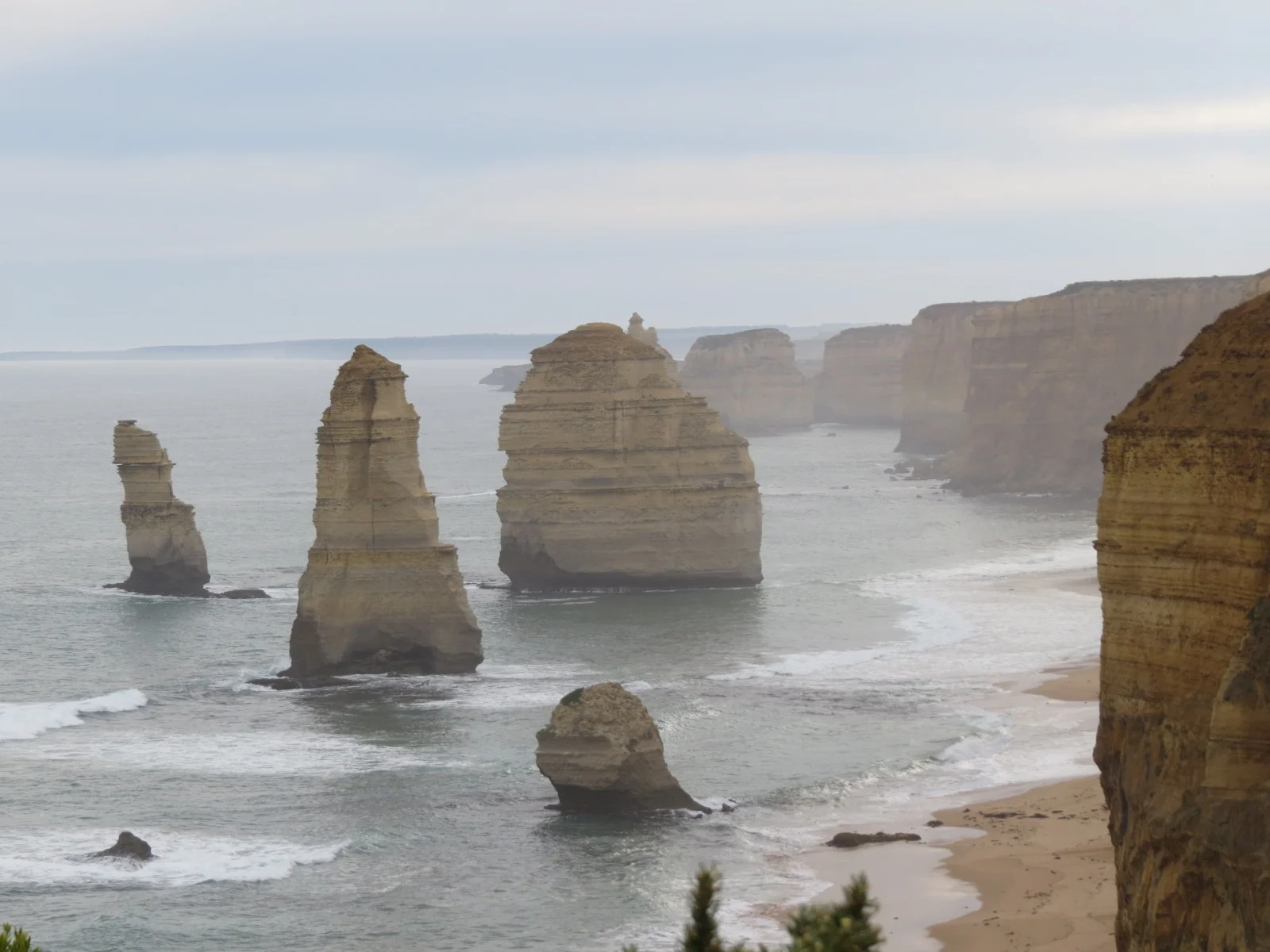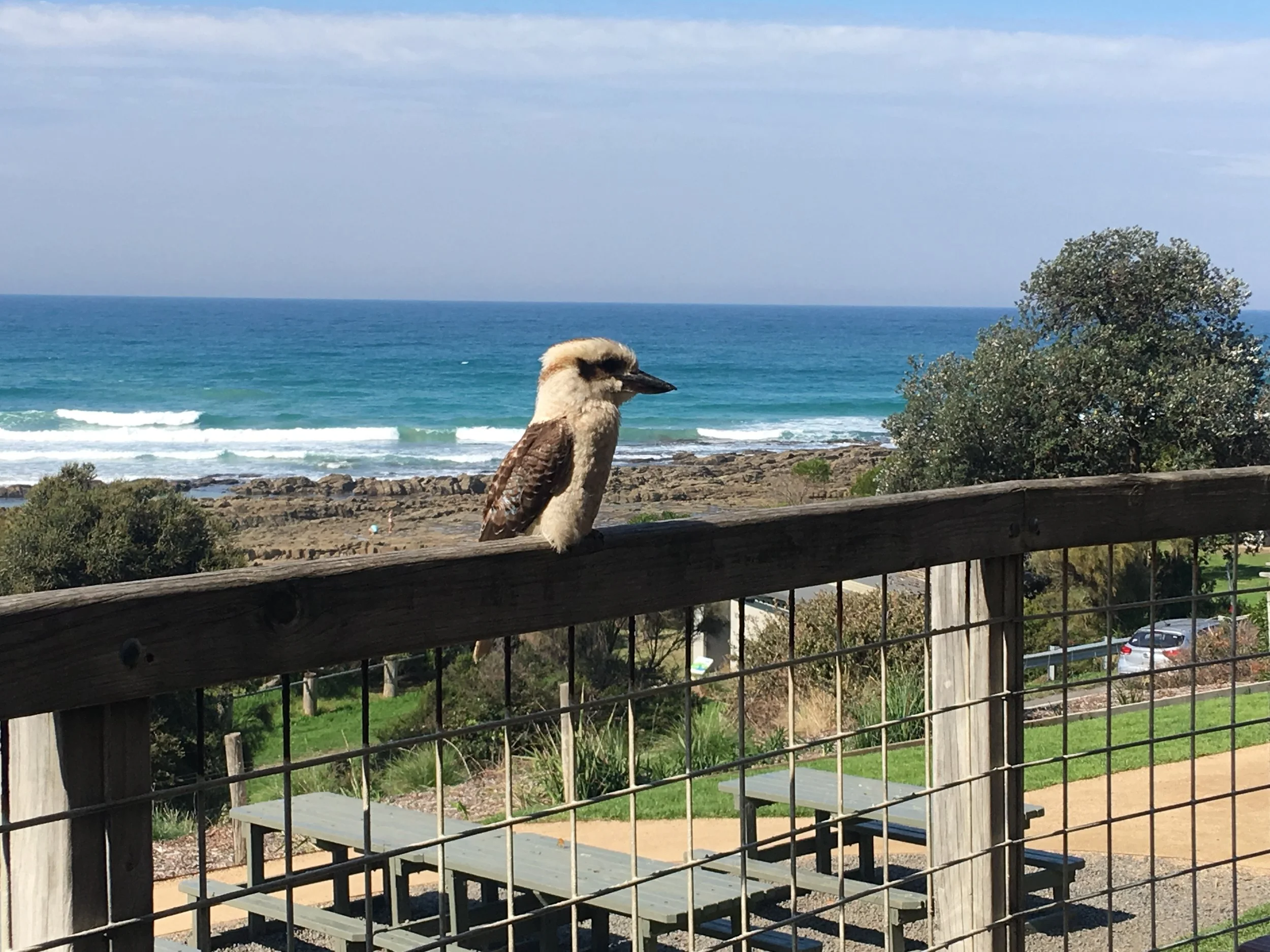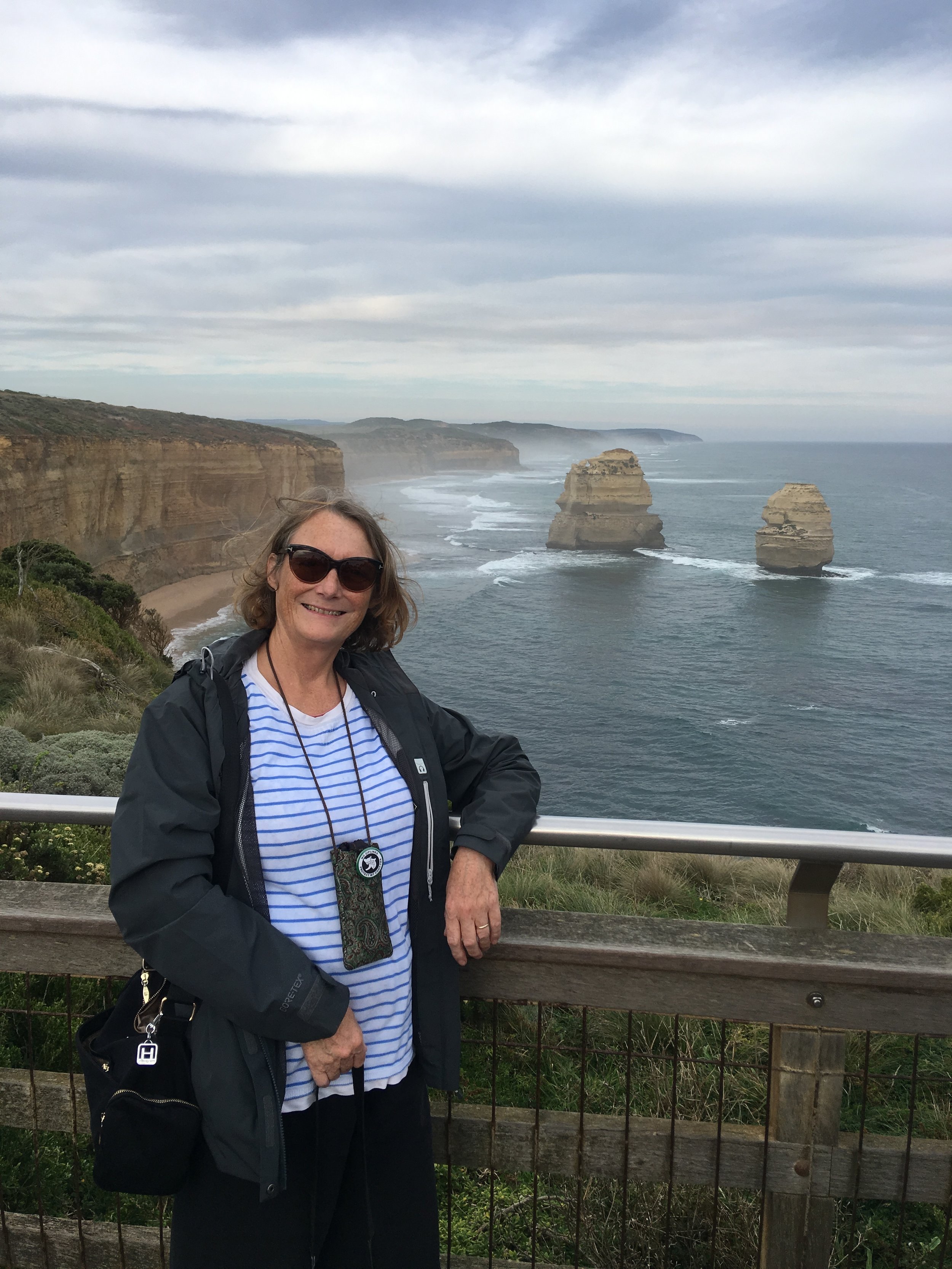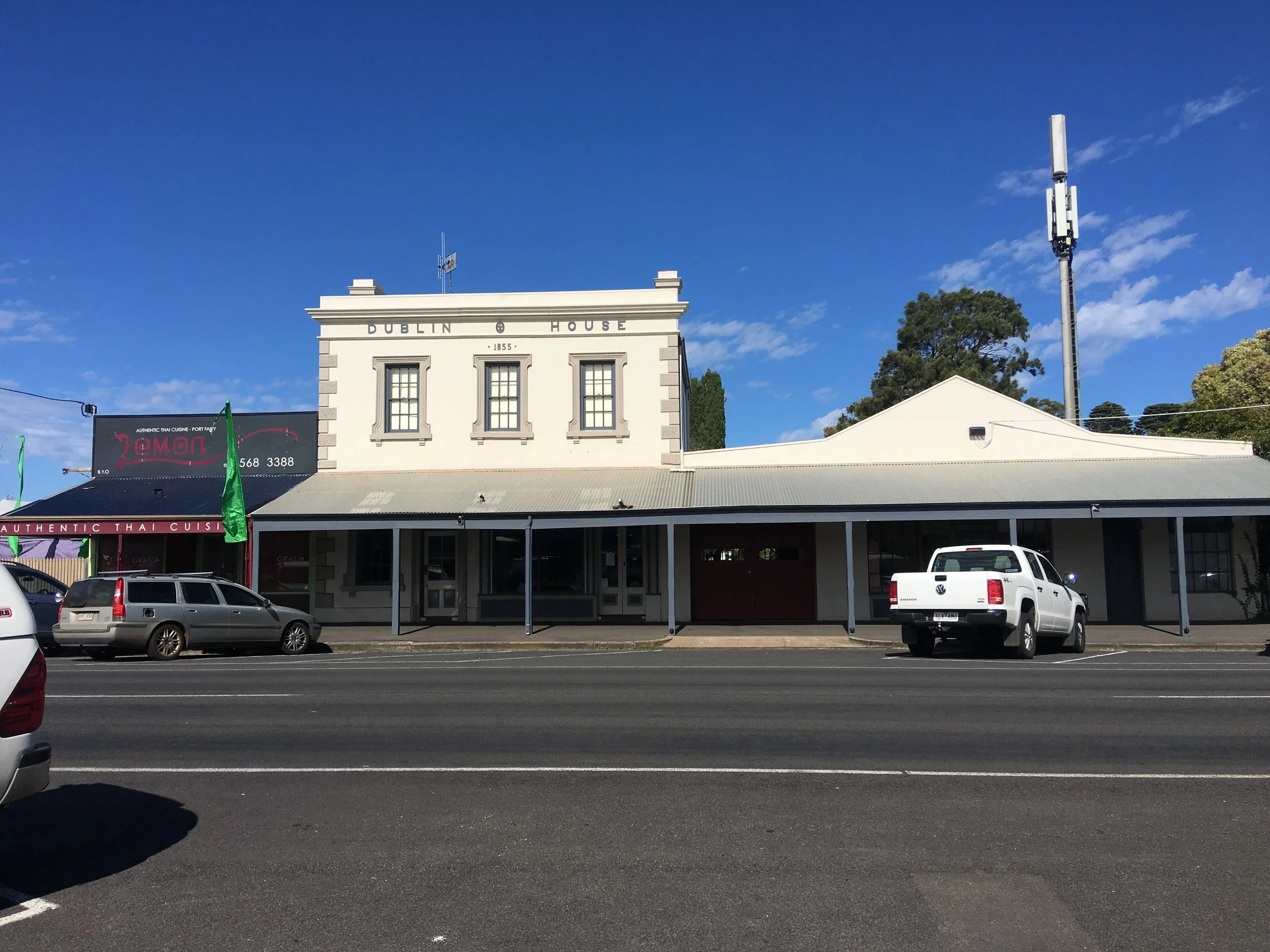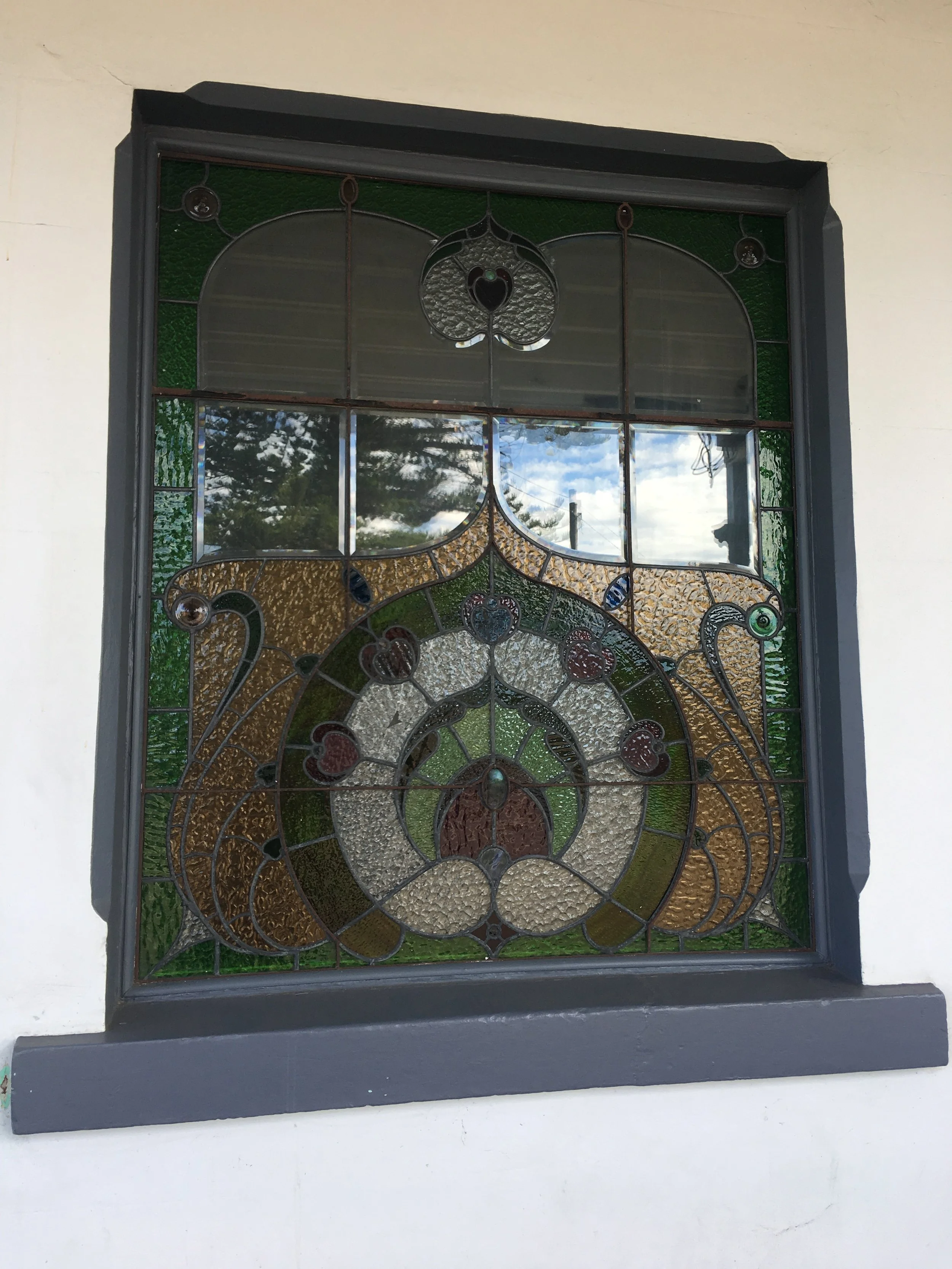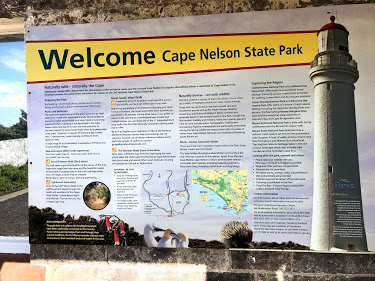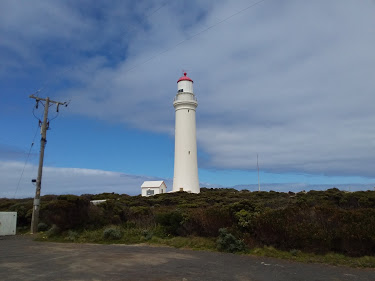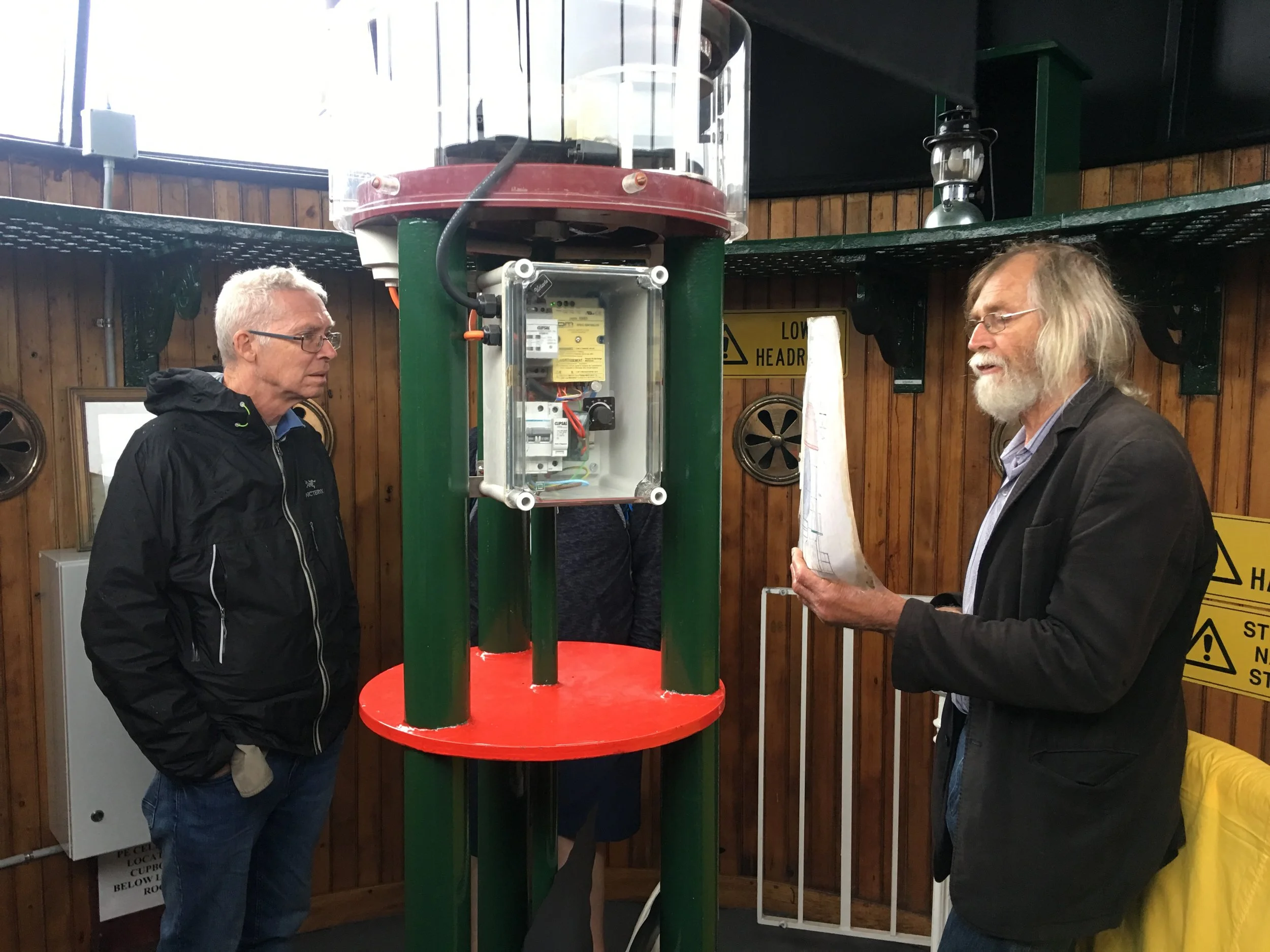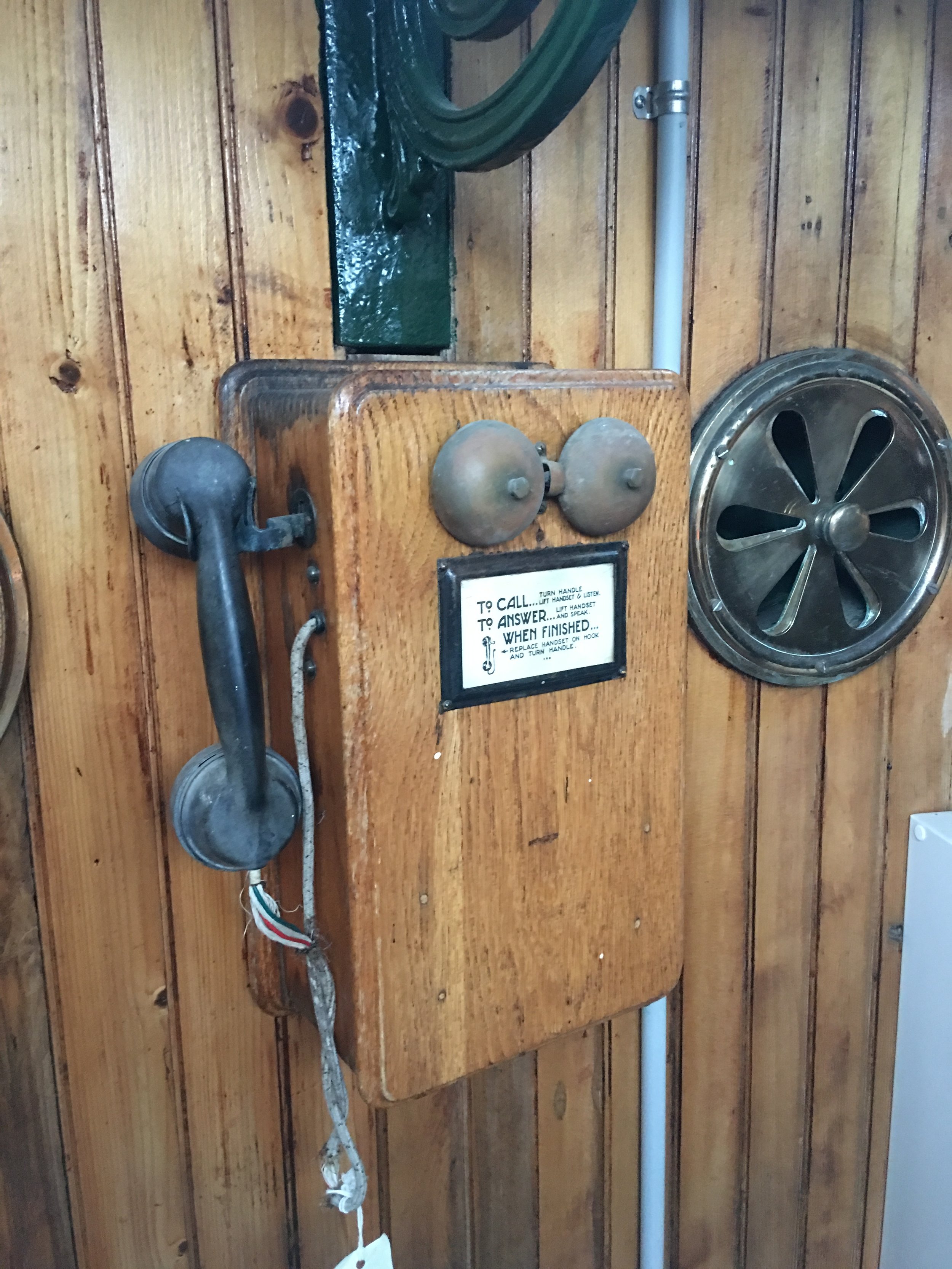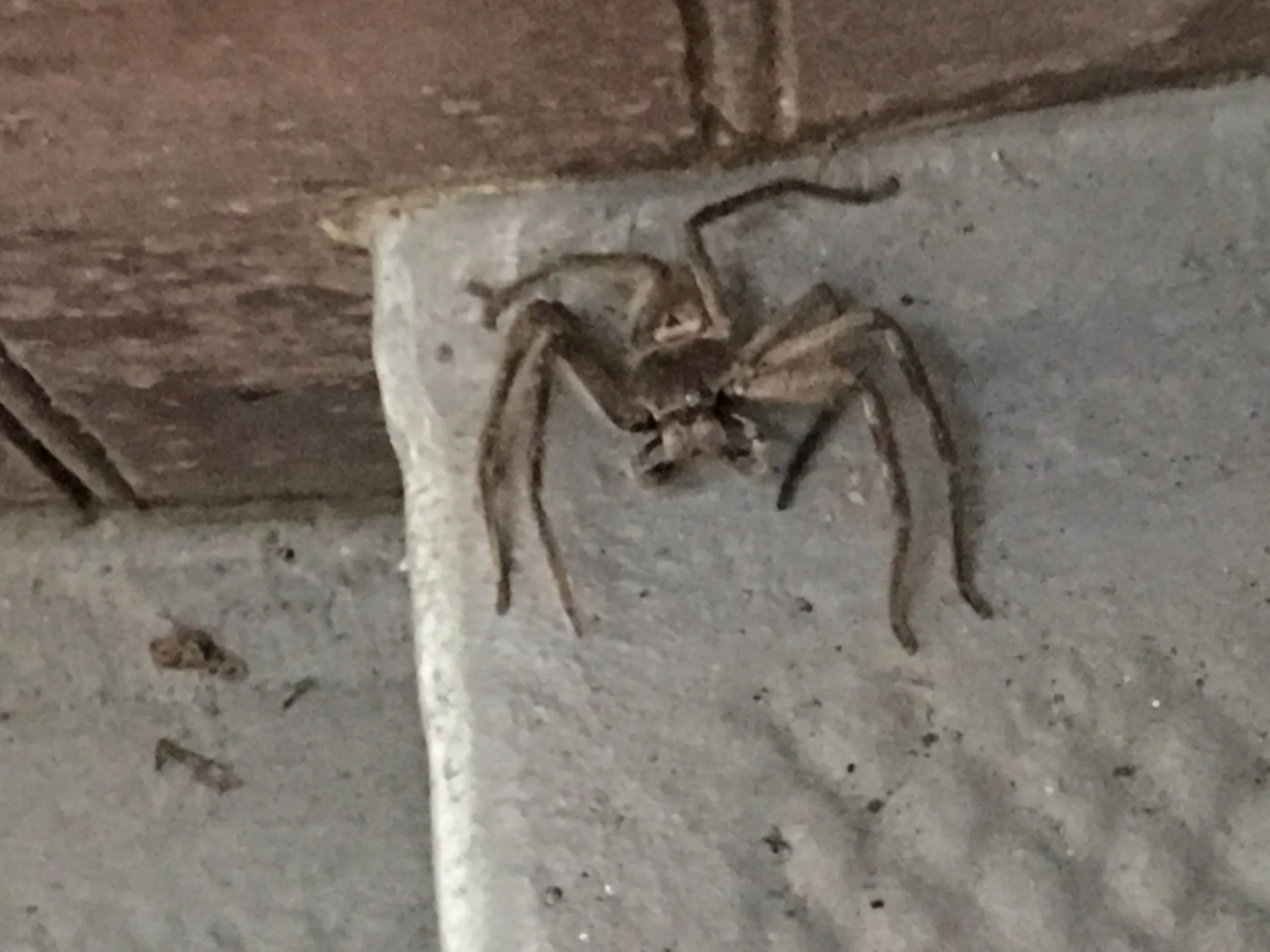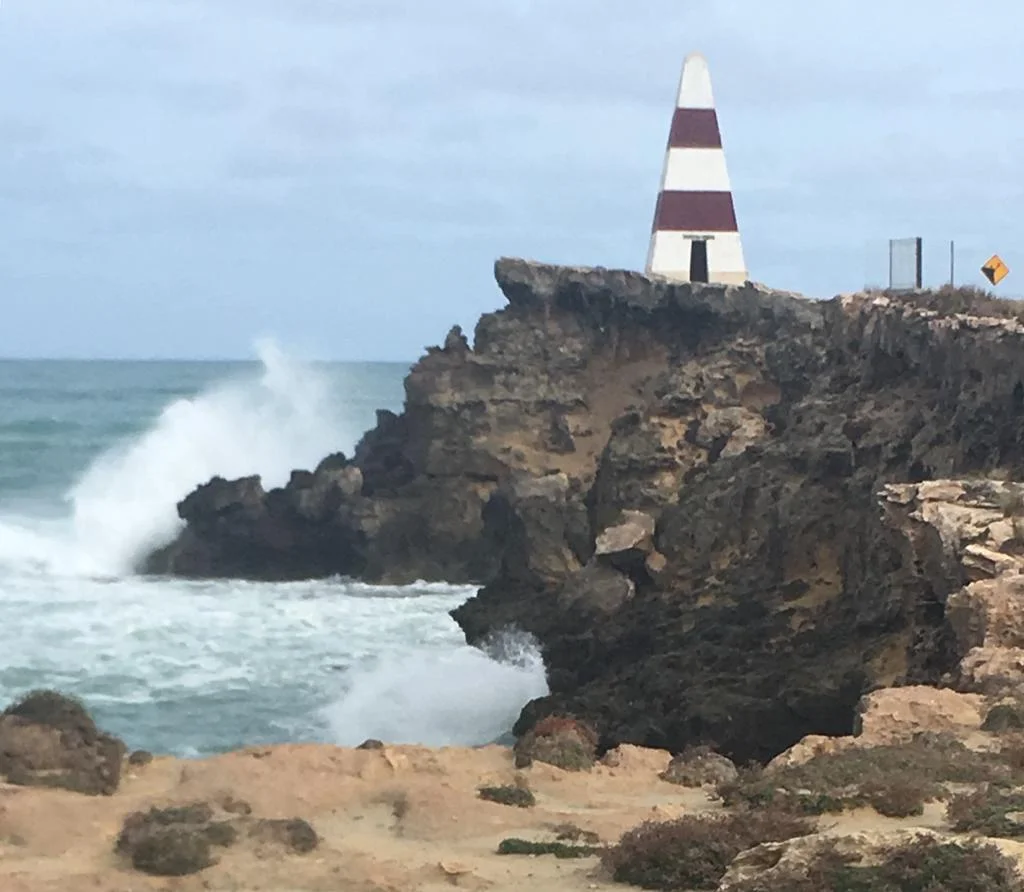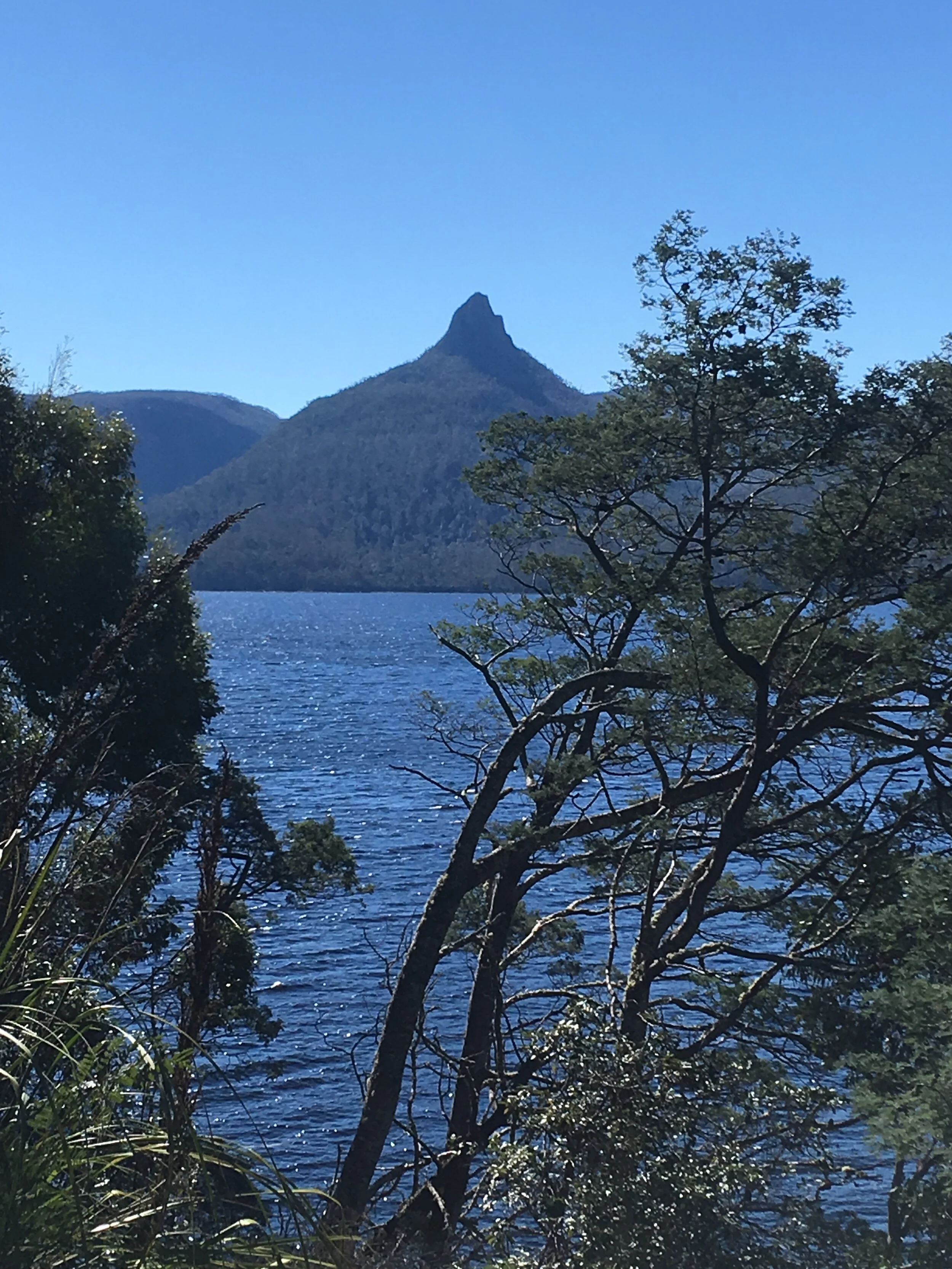Aus11 - On the way to South Australia
The Twelve Apostles
We have left Melbourne to spend Easter 2019 in Adelaide and as luck would have it, the drive to Adelaide involves taking in the Great Ocean Road, the Twelve Apostles, Port Fairy and the Port Nelson Lighthouse before stopping at Robe in South Australia.
As if we had not already wondered whether Australia was one of the most beautiful countries in the world, this coastline really only confirmed our suspicions. It was not long out of Melbourne before we were weaving our way along the cliff hugging road with amazing views across the Southern Ocean.
Sadly we were not scheduled to embark on the Great Ocean Walk which goes from Apollo Bay round to the Twelve Apostles along this amazing coastline, but if I ever get back here again it will be on my list!
Having already seen the surfers in Noussa in Queensland and between Brisbane and Sydney at Byron Bay on the Gold Coast, we skipped passed Torquay which holds a major surfing competition at Easter and stopped for lunch in a pub with a view, the Wye Beach Hotel, overlooking a spot on the Great Ocean Road. The kookaburra decided to hop into my view!
We drove through the beautiful Cape Otway National Park eventually reaching the Apostles.
Arriving at the 12 Apostles, was a bit like arriving at Stonehenge in the UK, but not in a good way!
Although not ticketed, it was a huge tourist spot and although they had not quite managed to insert a turnstile, the car parks were full of coaches and the pavements crowded with visitors craning for the best view, us included!
Sadly only this week a tourist had got into difficulties by Kayak, alongside the Apostles in the notorious big seas. Local volunteer rescue services did not hesitate and two, a father and son, paid the ultimate price when their rescue boat over-turned.
After the 12 Apostles, we drove to Port Fairy which was another small picturesque coastal town which had originally grown as a commercial port, but had now become an upscale leisure boating harbour and holiday resort. The large commercial ships were long gone.
As well as cafes, eateries and clothes, the main high street has a couple of bread shops, and a butcher.
The hotel in town had lovely glass, but had seen better days, but the building in the photo below is a popular, if over priced bed and breakfast overlooking the harbour, which charges $300 a night. We were glad we had Landy!
Our next stop was The Cape Nelson Lighthouse which occupies an important landfall position, helping to ensure shipping navigates safely through the narrow Bass Straits near Portland.
We went there hoping to see amazing views across both Discovery Bay and Nelson Bay. However, visibility was limited and it was raining hard when we arrived, so we contented ourselves with a tour of the lighthouse with Gordon who had turned up to guide a tourist from Quebec.
He explained to us all, that this stretch of water has been called the Shipwreck coast, and that there are some 250 wrecks. 13,000 people landed by ship at Portland between 1852 - 1862 as immigrants so it was a busy shipping route.
An enquiry in 1853 recommended that shipping aiming for the Bass Straits should initally head for Cape Nelson and that a lighthouse should be built there as a matter of priority. Cape Otway was too close to Bass Strait to allow ships to correct their position.
It took 30 years of lobbying to build the lighthouse and the delay may have contributed to loss of life and shipping.
Portland Harbour master James Fawthrop submitted a report in 1856, asserting that ” a light exhibited on Cape Nelson would be preferable”. His compelling arguments won the day and Cape Nelson became the preferred site.
Governments of the day always seemed to have more pressing priorities. However maritime disasters and near misses ensured that the need for a lighthouse remained pressing.
The site was surveyed in 1879 and tenders let in 1882 for the construction of the lighthouse and two cottages. Despite various problems, work proceeded at a satisfactory rate and the light was officially lit on July 7th 1884, 30 years after the idea of a lighthouse to the west of Portland had first been advocated.
In 1884 a telephone line was installed between the lighthouse and government offices in Portland. The telegraph system meant that messages or warnings from the lighthouse could then be rapidly transmitted to the colonial capitol of Melbourne.
In 1901, The Australian colonies federated to form the Commonwealth of Australia. Cape Nelson Lighthouse became a key part of a network of lighthouses guiding shipping around the continent.
The lighthouse’s powerful telescope and telephone enabled it to play a strategic role during World War 1, although no German raiders were sighted. Cape Nelson Lighthouse also played a part in World War 11, when a radar station and support camp was established there to provide early warning of Japanese war ships.
In 1987 the light was connected to mains power and in the 1990’s the lighthouse was automated, ending an era of lighthouse keepers dating back to 1884.
As we made our way up to the top, it was explained that the telescope installed there had been removed for renovation, but that the lighthouse was still operational and we could see the lenses and lighting.
As we made the final ascent, I spied a massive arthropod on the stairs. I thought it was a tarantula! However, our guide assured me it was merely a friendly Huntsman spider which just hung around hoping to catch insects and not humans! I bravely walked passed it.
Apparently the lighthouse had a fixed white light till 1934. The current lens has 4 x pencil beams which rotate every 20secs and it has operated Automatically since 1987.
It no longer utilises a quartz halogen lamp and has been fitted with LEDs since 2012. The old bulb was on view.
Robe
Our next stop was in out of the way Robe another little seaside port, popular as a holiday spot. The road was not as beautiful as earlier up the coast and we drove many miles adjacent to the sea with our view blocked by scrubby sand dunes.
In Robe we camped and walked in to town to the Caledonian Inn which had the story of the Chinese immigrants on its walls. We were reminded that this is a very Scottish corner of Australia, with many place names borrowed from Scotland.
Robe, a popular holiday destination was busy and full of townsfolk visiting for their holidays and patronising the cafes and restaurants. Needless to say, Jim and I managed to sample more cafes than was decent in a 12 hour stay!
We walked out to the headland to view their obelisk and the coastline is truely stunning. We saw seals frolicking and this is another spot where whales can be viewed at certain times of the year.
Its 40 foot Obelisk is very striking on its rugged cliffs 100 feet above the water. The soft stone is eroding and we wondered if the Obeliak would still be standing in 20 years time or whether it will crash down onto the rocks below.
If you had all the time in the world you could sit and watch the waves crashing against the rocks and smacking into the rock formations and arches just off the shore.
As we entered South Australia, we were again reminded of how widespread the drought conditions had been this year. The fields and pastures were straw coloured. We were not surprised to hear that Adelaide, the Capital of South Australia had invested more than A$2 billion to build a desalination plant powered by renewable energy, as an 'insurance policy' against droughts affecting Adelaide's water!


